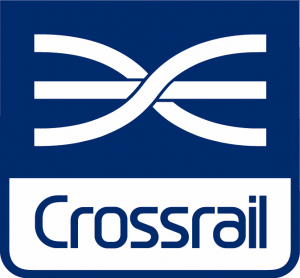
When I arrived at Crossrail, the Crossrail Act had just received Royal Assent. I joined an organisation set up to plan and promote. Overnight it needed to become capable of delivering the biggest construction project in Europe.
Decision-making in the old organisation had been fairly informal. The Executive Chairman made all the important decisions, advised where appropriate by meetings with various committees of senior managers. Each committee was nominally run by the appropriate Director (e.g. Property, Procurement), and organised and supported by their PA. This approach was adequate at the time, given the relatively modest sums of money involved, but meant that each set of meetings was run in a different way, with no coordination and no consistent record-keeping.
In the new delivery phase, Crossrail had an independent Board with a majority of non-executive Directors, and was responsible for spending some £15Bn of public money wisely. It was no longer practical or acceptable for decision-making authority to rest with one person. The old committee arrangement would no longer be good enough, either for the Executive to feel that they were in control, or for the Board or external auditors to find evidence that decisions were being properly made, within authorities and based on the best information available.
Actions
I persuaded the CEO that we needed to rebuild Crossrail internal governance. I defined the scope of the project and gained acceptance from the other members of the executive team for the guiding principles for the design. I worked with a couple of my team to design a fully-integrated and fully-documented structure of committees and sub-committees. I won Board approval for the result. I recognised that the new arrangements needed a central secretariat to provide joined-up support. After securing funding, I recruited the small team, established the processes, and managed the transition to the new arrangements. The complete project from initiation to completion of the transition lasted 6 months.
The arrangements I set up have stood the test of time, and are credited by some of my former colleagues as having been a key part of the success of the project.
The principles used as the foundations for Crossrail internal governance are documented here.
Keys to success
- Vision of what was required
- Clearly-defined objectives
- Principles agreed up front
- Careful engagement with stakeholders
- Thinking through the details
- Balancing pace with the need to get it right and take everyone with us

